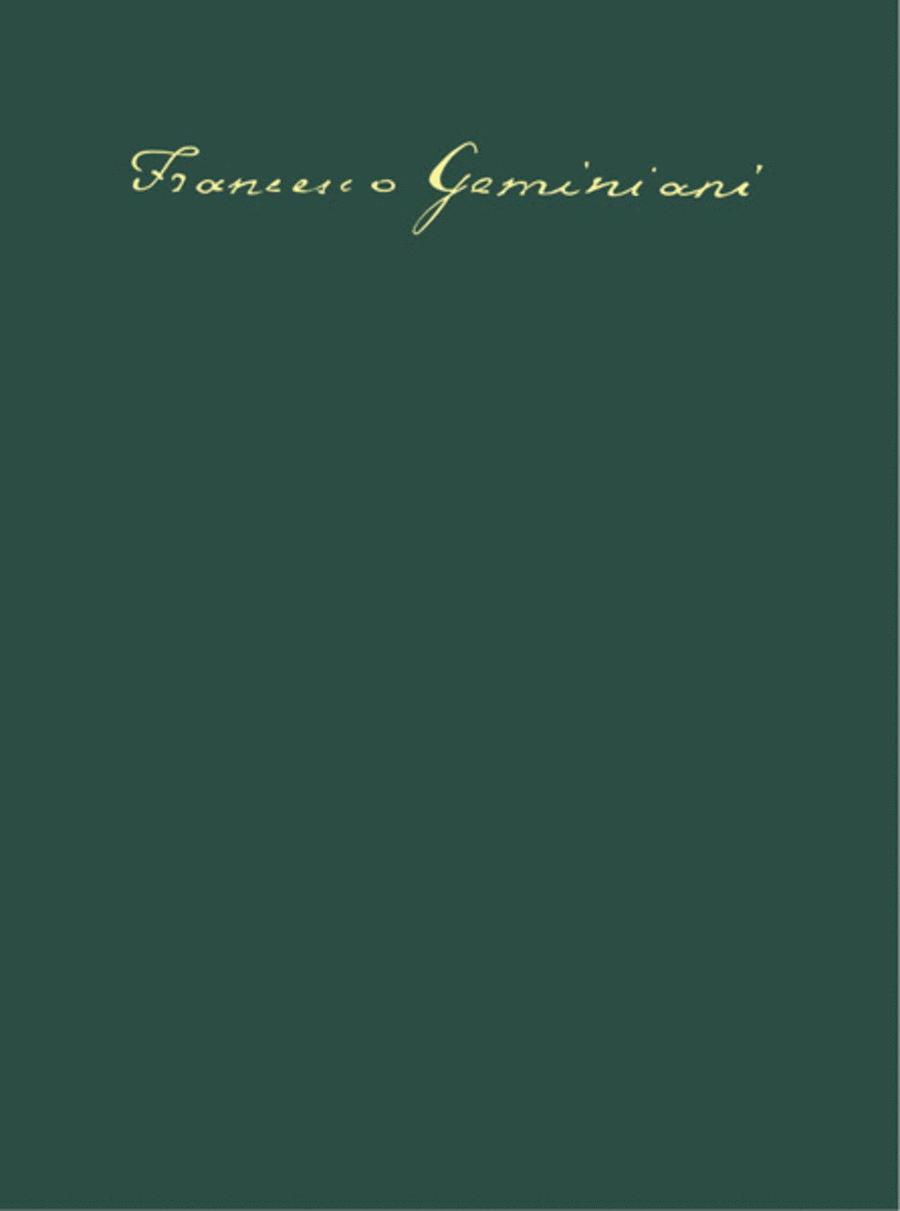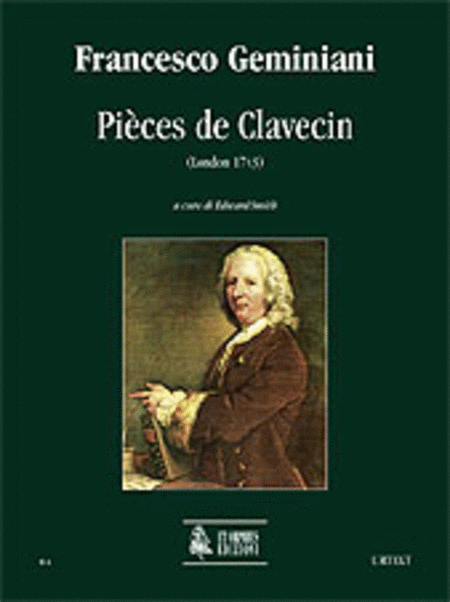Francesco Geminiani (1687 - 1762)
 Italie
Italie
 Italie
ItalieFrancesco Saverio Geminiani (5 December 1687 ? 17
September 1762) was an Italian violinist,
composer, and music theorist.
Born at Lucca, he received lessons in music from
Alessandro Scarlatti, and studied the violin under
Carlo Ambrogio (Ambrosio) Lonati in Milan and
afterwards under Arcangelo Corelli. From 1707 he
took the place of his father in the Cappella
Palatina of Lucca. From 1711, he led the opera
orchestra at ... (Read all)
Source : Wikipedia
September 1762) was an Italian violinist,
composer, and music theorist.
Born at Lucca, he received lessons in music from
Alessandro Scarlatti, and studied the violin under
Carlo Ambrogio (Ambrosio) Lonati in Milan and
afterwards under Arcangelo Corelli. From 1707 he
took the place of his father in the Cappella
Palatina of Lucca. From 1711, he led the opera
orchestra at ... (Read all)
Source : Wikipedia
FREE SHEET MUSIC HARPSICHORD
Active criterias:
Search on #HARPSICHORD
| ||||||||||










